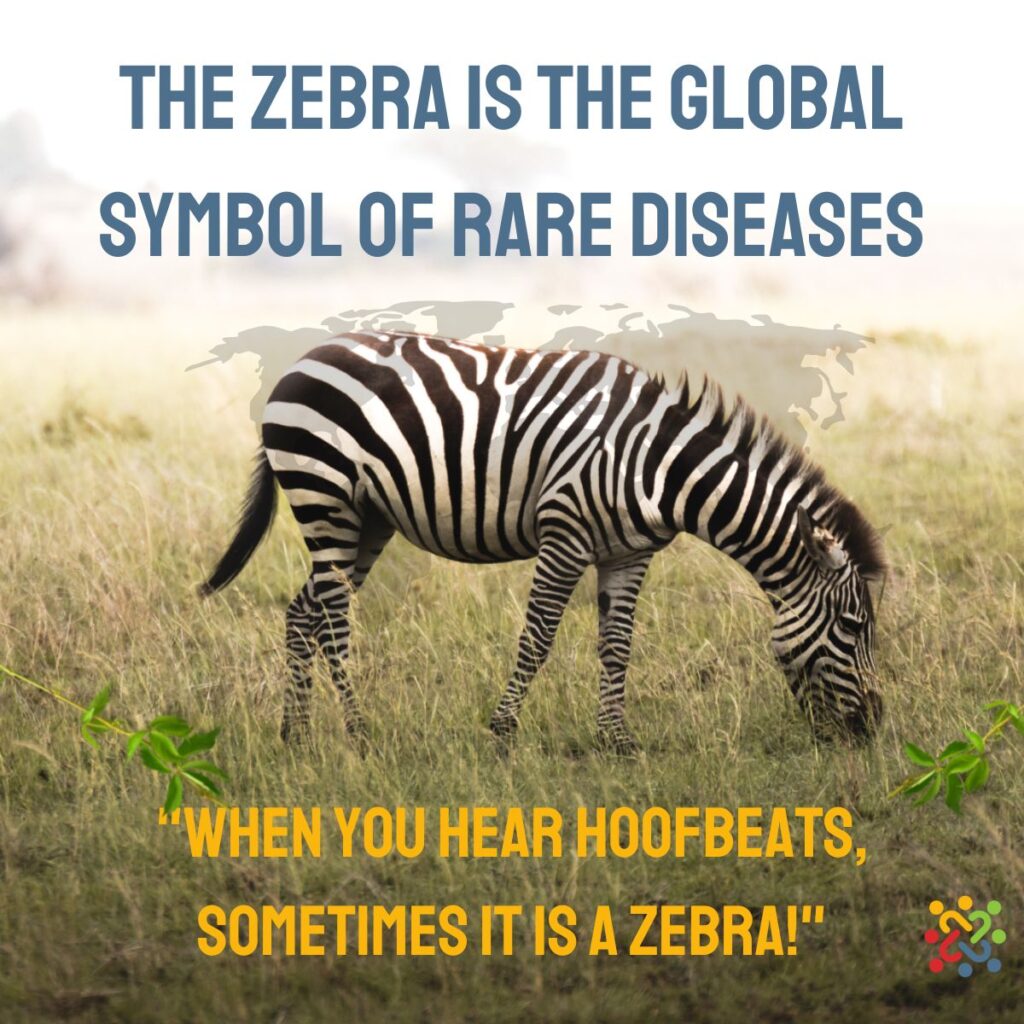
Rare Diseases 101
What is a rare disease?
Unlike common diseases, a rare disease affects a relatively small number of individuals. There is no common internationally or even nationally accepted definition of what a rare disease is. In Canada, the European definition is commonly used, which states that a disease is considered rare if it affects fewer than 1 in 2,000 individuals. While estimating the exact number of rare diseases is challenging due to various factors, including the evolving nature of medical research and the discovery of new conditions, it is prominently cited that there are more than 7,000 – 10,000 different rare diseases.
The increasing precision of genomic technologies means that new diseases are being discovered regularly. While individual diseases may be uncommon individually, the total number of people in Canada affected by a rare disease is not. Collectively, they are estimated to affect 1 in 12 people in Canada which equates to over 3 million, with two-thirds being children.

Approximately 80% of rare diseases are genetic, often present from birth. More than one-third of these diseases remain unsolved, meaning that their genetic cause is unknown. Some rare diseases are well-documented and thoroughly studied, while others are extremely rare, with only a handful of cases reported worldwide.
Rare diseases, like many other chronic diseases, are serious, debilitating, and progressive, requiring life-long management. They typically display a high level of symptom complexity and thus are a significant cause of ongoing health and psycho-social challenges. There is no cure for many rare diseases, so improving quality of life and extending life expectancy of people living with a rare disease relies on appropriate treatment and care.
What are some of the challenges faced by those affected by a rare disease?
Delayed Diagnosis
Limited Treatment Options
Isolation and Lack of Support
Psychosocial and Financial Impact
Lack of Research and Clinical Trials
Healthcare System Navigation

Why is the zebra the global symbol?
In medical school, students are often taught: “When you hear hoofbeats, think horses, not zebras” (coined in the 1940s by Dr. Theodore Woodward, professor at the University of Maryland School of Medicine) — a reminder to look for common conditions first. But in the world of rare diseases, sometimes it is a zebra.
Just like no two zebras have the same stripes, every rare disease and every patient is unique. The zebra symbolizes the need to look beyond the usual, to recognize the rare, and to ensure timely diagnosis, care, and support for those often overlooked.
Looking for more information about rare diseases?
There are different resources available that provide information on specific rare diseases. Among them, the following are good places to start:
- The Canadian iRARE Centres offers free, bilingual, and confidential support provided by a professional.
- The Genetic and Rare Diseases Information Center (GARD) provides comprehensive information about rare and genetic diseases.
- Orphanet is a portal for rare diseases and orphan drugs.
